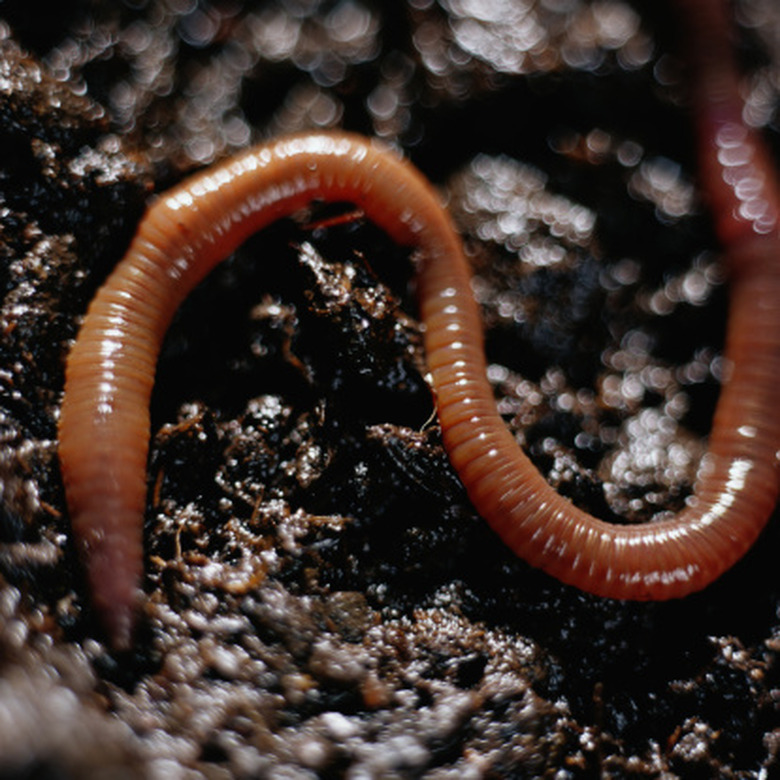Which Organisms Are Characterized As Decomposers?
Living organisms in the ecosystem are divided into producers, consumers and decomposers. Producers are the first tier of organisms in the ecosystem. They convert sunlight into energy through the process of photosynthesis.
Living organisms in the ecosystem are divided into producers, consumers and decomposers. Producers are the first tier of organisms in the ecosystem. They convert sunlight into energy through the process of photosynthesis. Consumers are the second tier of organisms, and they depend on the energy from the producers to survive. Decomposers are the organisms that clean up after the producers and consumers. They obtain their own energy by breaking down the remains of the producers and consumers.
Insects
Many types of insects decompose dead matter. They include insect genus like Acari, Diptera, Trichoceridae, Aranea, Calliphoridae, Silphidae and Histeridae. Insects that fall within these groups include spiders, mites and winter gnats. The larvae of winter gnats feed on decaying matter. Other decomposing insects in these groups include blow flies, the common housefly, fruit flies and beetles. These insects play different roles in the decomposition process. Some of them appear at different points while decomposition is going on. For instance, blow flies appear at the beginning of the decomposition of animal and plant matter. They lay their eggs inside the decomposing matter, and the eggs hatch into larvae and contribute their own part to the decomposition process.
- Living organisms in the ecosystem are divided into producers, consumers and decomposers.
- These insects play different roles in the decomposition process.
Bacteria
Bacteria are microscopic organisms found in different parts of the ecosystem, including the soil, air, water and even inside the bodies of other living organisms. Bacteria break down dead matter and recycle carbon inside the molecules into plant nutrients. Azotobacter bacteria live inside the root nodules of plants like peas and beans, and also inside soil water. Other species of bacteria in the ecosystem include Pseudomonas, Achromobacter and Actinobacter bacteria. These types of bacteria decompose organic matter like dead plants and animals.
Fungi
Fungi decompose dead matter like dead leaves, fecal matter and dead plants. Fungi absorb nutrients from both dead and living organisms in various ways. Mutualists have a symbiotic relationship with their hosts. Parasites are detrimental to the welfare of their hosts. Saprobes are the decomposing fungi that decompose dead organic matter. They release a digestive enzyme into the dead material and then absorbing the nutrients. Examples of saprobes include some edible mushrooms like shiitake, and oyster mushrooms. Another example of decomposing fungi are water molds.
- Bacteria are microscopic organisms found in different parts of the ecosystem, including the soil, air, water and even inside the bodies of other living organisms.
- These types of bacteria decompose organic matter like dead plants and animals.
Other Decomposers
Other types of decomposers that play an important role in the ecosystem include earthworms, slugs and nematodes. These organisms feed on decaying matter, turn it back into nutrients that plants can use, then excrete it. This process completes the cycle of life that begins when plants convert the energy from the sun into nutrients through photosynthesis.
